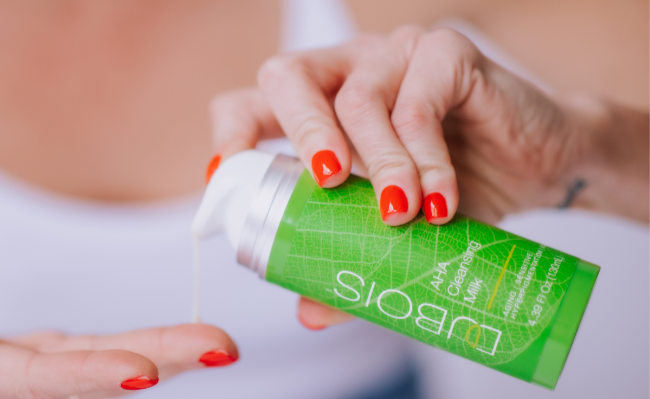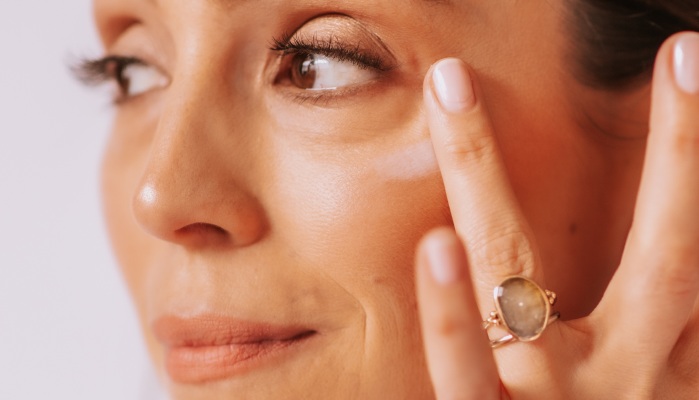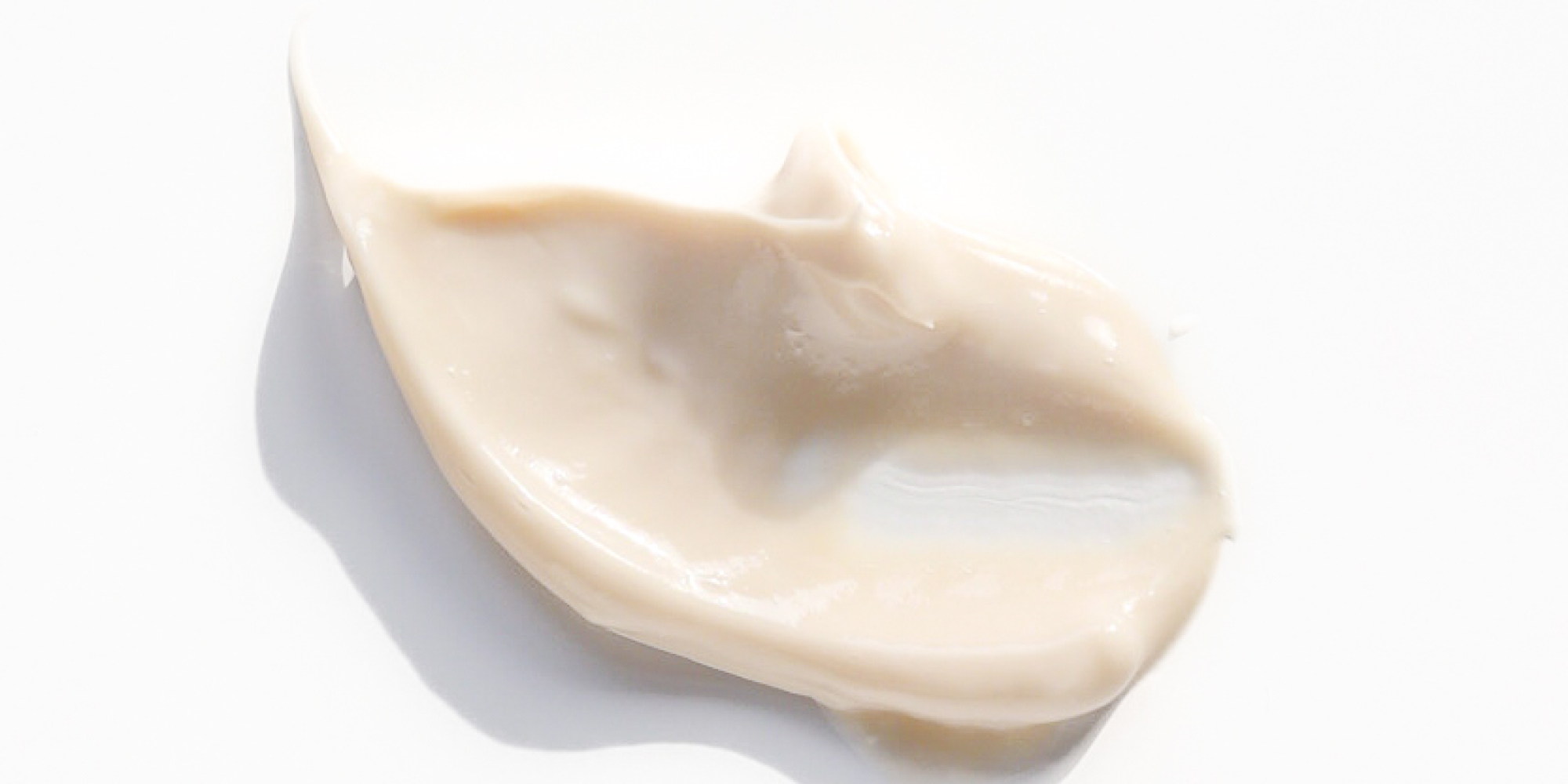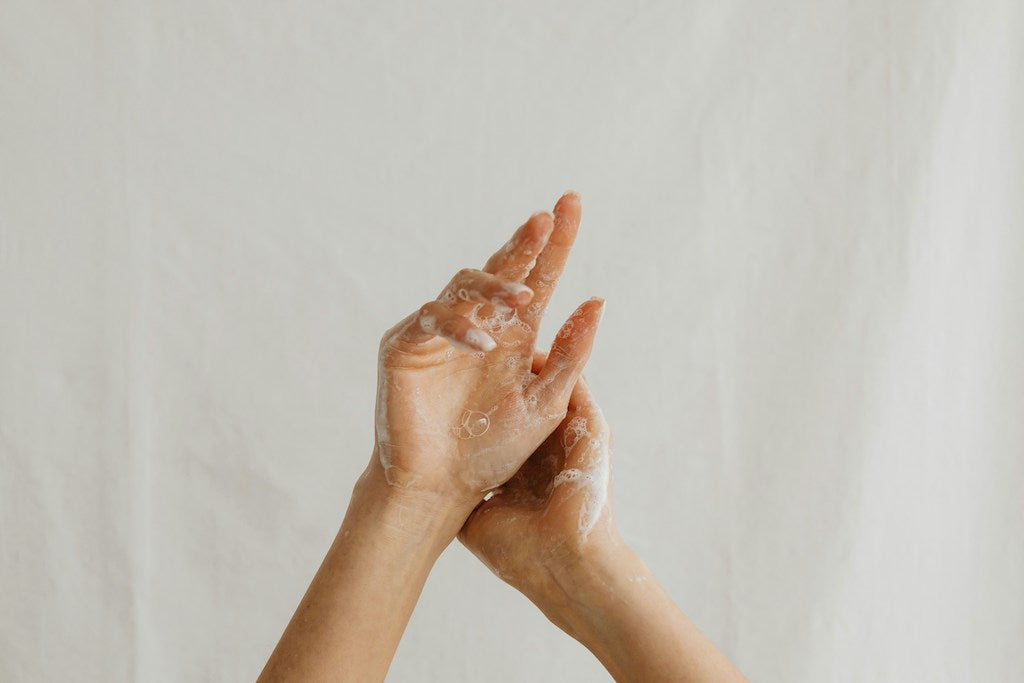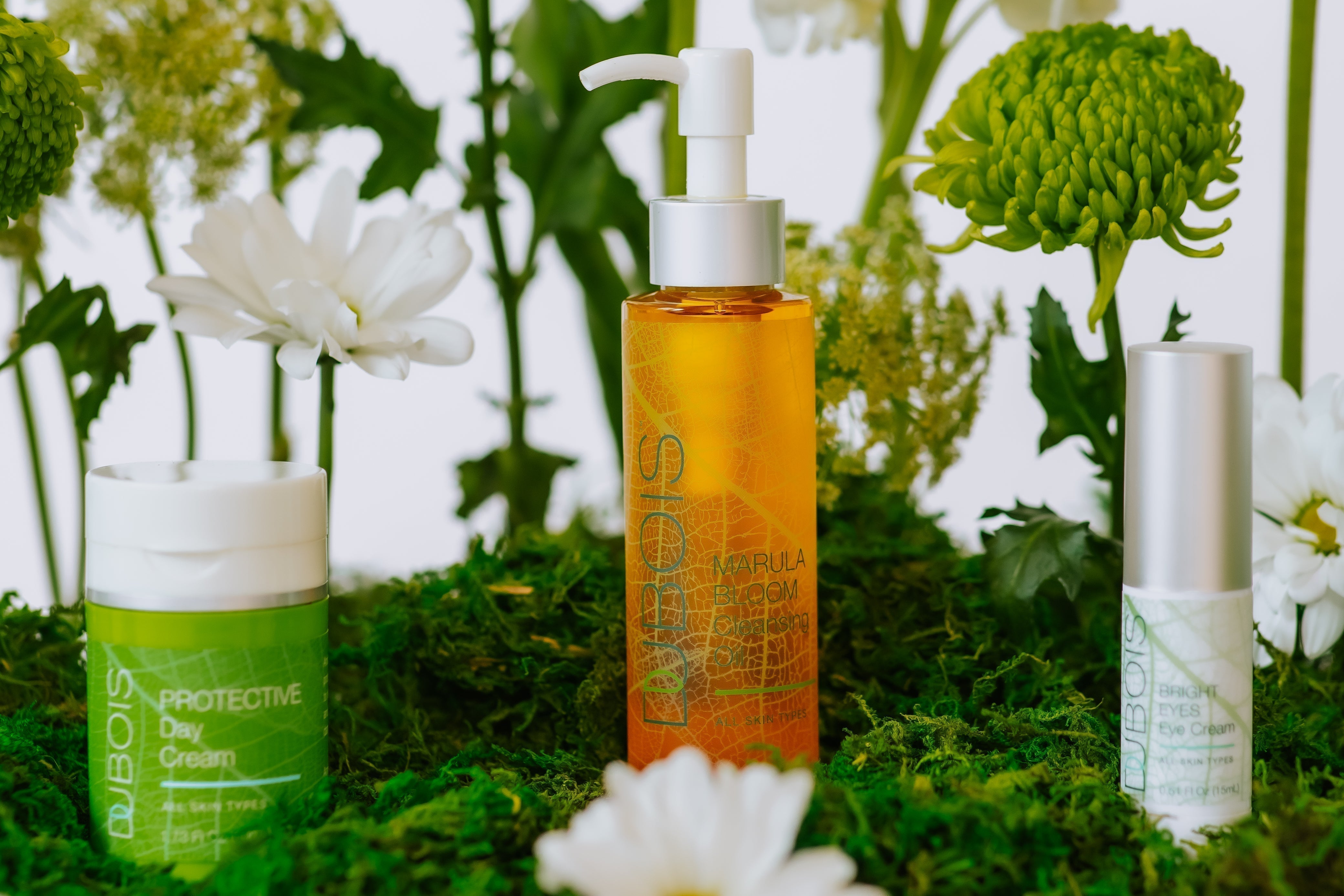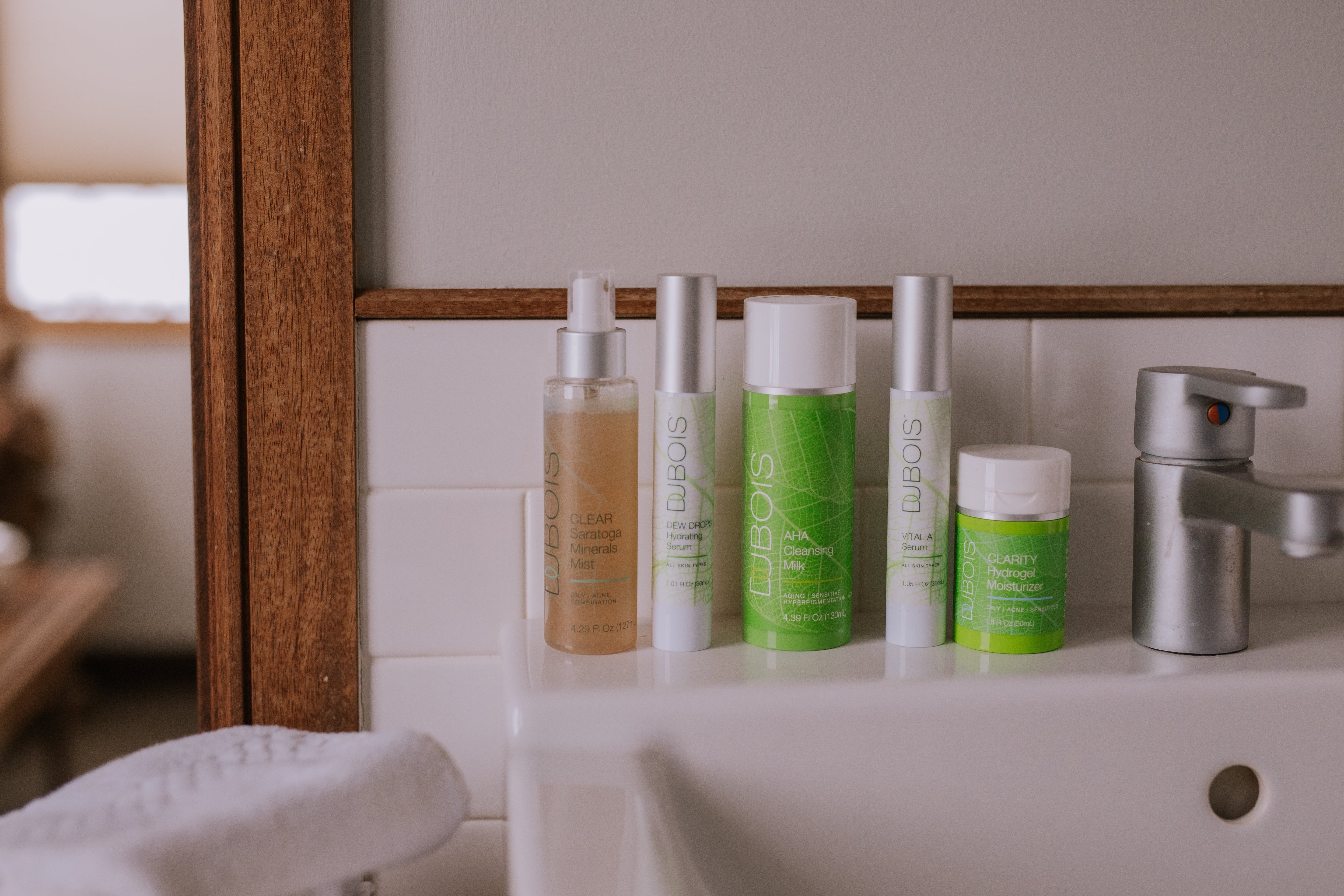
The Truth About Clean Beauty Products: What to Know Before You Buy
In a world increasingly focused on wellness and sustainability, clean beauty products have become more than just a trend — they’re part of a movement. But as demand grows, so does confusion. What exactly does “clean beauty” mean, and how can you be sure the products you're using are genuinely good for your skin — and the planet?
This guide breaks down everything you need to know about clean beauty products, from definitions and benefits to ingredient labels and certification standards.
What Does 'Clean Beauty' Really Mean?
Defining Clean Beauty
At its core, clean beauty refers to products made without ingredients known or suspected to harm human health. These products prioritize non-toxic formulations, often replacing synthetic chemicals with plant-based, naturally derived ingredients.
However, clean beauty doesn’t necessarily mean 100% natural or organic. It means the ingredients — whether natural or synthetic — are chosen with safety in mind. A clean product is one that’s free of questionable additives like parabens, sulfates, phthalates, and synthetic fragrances.
In short, clean beauty is about safe, transparent, and conscious formulation.
Misconceptions in the Market
With no legal or regulatory definition of “clean beauty,” brands have the freedom to define it for themselves. This leads to common misconceptions:
- “Natural” equals safe: Not all natural ingredients are safe (poison ivy is natural, too). Similarly, not all synthetic ingredients are harmful.
- Clean beauty is only for sensitive skin: While clean beauty is often gentler, it’s suitable for all skin types — especially those wanting to minimize toxic exposure or support a more holistic lifestyle.
- If it’s expensive, it must be clean: Price is not a reliable indicator of product safety or purity.
Educated consumers must look beyond marketing buzzwords and dive into the ingredient list to really understand what they’re buying.
Key Benefits of Using Clean Beauty Products
Fewer Irritating Ingredients
Many people turn to clean beauty after experiencing redness, breakouts, or allergic reactions from conventional cosmetics. Traditional skincare products often include harsh preservatives, synthetic dyes, and artificial fragrances that can disrupt the skin’s natural barrier.
Clean beauty products are formulated without these common irritants, making them ideal for sensitive, reactive, or compromised skin. By eliminating questionable ingredients, you reduce the risk of inflammation and support your skin’s long-term health.
Environmentally Safer Formulas
Clean beauty goes beyond just being “better for you” — it's also better for the environment.
Many clean beauty brands are committed to sustainable practices, including:
- Biodegradable formulations
- Recyclable or refillable packaging
- Cruelty-free testing
- Ethically sourced ingredients
Avoiding microplastics and environmentally persistent chemicals helps protect waterways and wildlife. Supporting clean beauty means voting with your wallet for a cleaner planet.
Ingredients to Look For and Avoid
Plant-Based vs. Synthetic
Clean beauty doesn’t demonize all synthetic ingredients — instead, it aims to use safe synthetics where appropriate and avoid those linked to health risks. That said, many clean products rely on plant-based ingredients that offer powerful skin benefits:
Ingredients to Look For:
- Aloe vera – soothing and hydrating
- Vitamin C (ascorbic acid or botanical extracts like Kakadu plum) – brightening and antioxidant-rich
- Bakuchiol – a natural retinol alternative
- Squalane (plant-derived) – lightweight, non-comedogenic moisture
- Green tea extract – anti-inflammatory and protective
On the other hand, some synthetic ingredients are still considered clean, like hyaluronic acid, niacinamide, or peptides, as long as they’re tested for safety and skin compatibility.
The “Free From” Lists
One of the clearest signals of a brand’s commitment to clean beauty is its “free from” list — a transparent declaration of what’s not included. At Dubois Beauty, we’ve taken this seriously with a comprehensive list of over 1,300 ingredients we refuse to use in our formulations.
You can view the full list on our website at DuboisBeauty.com, but here are just a few of the most common ingredients we exclude:
- Parabens – linked to hormone disruption
- Phthalates – associated with reproductive toxicity
- Sulfates (like SLS/SLES) – stripping and irritating
- Formaldehyde-releasing preservatives
- Synthetic dyes and artificial fragrance
- Petrochemicals and PEGs
These exclusions are part of our brand’s clean commitment to better skin health, environmental safety, and long-term wellness. When shopping clean, always look for brands that go beyond trendy buzzwords and publish exactly what they do — and don’t — put in their products.
How to Choose the Right Clean Beauty Brands
Certifications and Transparency
When choosing clean beauty products, certifications can help validate a brand’s claims. However, it’s also important to understand what each one represents:
- EWG Verified – Products meet strict health and transparency standards.
- Leaping Bunny or Cruelty-Free Certified – Ensures no animal testing at any stage.
- USDA Organic – At least 95% of ingredients are certified organic.
- Made Safe – Screens for over 6,500 known toxic chemicals.
- COSMOS and Ecocert – International clean beauty standards.
Even more important is a brand’s overall transparency — something we emphasize at Dubois Beauty. In addition to our “Ingredients We Don’t Use” list, we provide detailed product pages, ingredient breakdowns, and education to help you make confident, informed decisions.
If a brand isn’t open about what’s inside the bottle (or why it was chosen), that’s a red flag.
Reading Ingredient Labels
Learning to read labels empowers you to be your own best advocate. Here are a few tips to help you decode a product’s ingredient list:
- Listed in descending order: The first few ingredients make up the bulk of the formula.
- Avoid vague terms: Watch for “fragrance,” “parfum,” or “natural blend,” which can mask dozens of hidden chemicals.
- Use third-party resources: Look up unfamiliar ingredients using databases like EWG Skin Deep or INCI Decoder.
- Don’t fear every synthetic: Not all chemical-sounding names are harmful. For example, niacinamide and tocopherol (Vitamin E) are both beneficial and safe.
The more you understand, the easier it is to spot quality formulations — and avoid falling for greenwashing.
The Future of Clean Beauty
Clean beauty is evolving — quickly. What started as a grassroots movement is now reshaping the industry. Consumers want more than just “clean” — they want performance, transparency, sustainability, and inclusivity.
Innovative brands like Dubois Beauty are leading this new wave of clean innovation by combining:
- Botanical actives and modern science
- Green chemistry for safe preservation and stability
- Sustainable packaging solutions
- Skin-inclusive formulations for all ages and tones
At its best, clean beauty is not just what’s left out — it’s about what’s thoughtfully included, and how each product supports your skin’s health today and over time.
Final Thoughts: Clean Beauty Is a Lifestyle Choice
Switching to clean beauty products is a personal journey — not a one-size-fits-all prescription. Whether you’re motivated by skin sensitivity, wellness goals, or environmental impact, making even small changes to your skincare routine can have meaningful results.
Start with one or two clean swaps. Get to know the brands you’re supporting. And trust your instincts — when a product makes you feel good and aligns with your values, that’s the real beauty of clean skincare.
Ready to make the clean switch? At Complexions Spa and Dubois Beauty, we offer personalized consultations and product recommendations tailored to your skin’s unique needs — all guided by our no-compromise commitment to clean beauty. Explore the full collection and see the difference clean, effective skincare can make.

